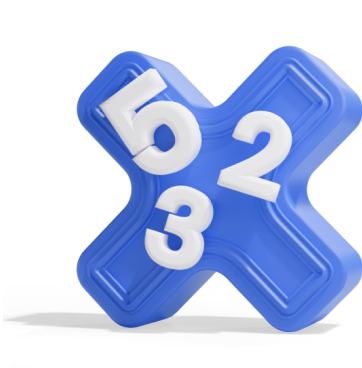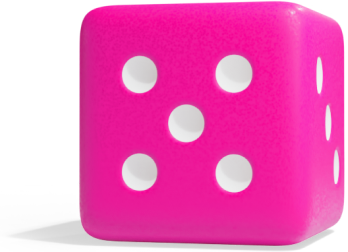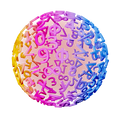S1
Hvordan lager man Pascals trekant?
{
"voice_prompt": "",
"manuscript": {
"title": {
"text": "How to Build Pascal’s Triangle?",
"audio": "How to build Pascal’s Triangle?"
},
"description": {
"text": "You can build Pascal’s Triangle by starting with ones and adding together neighbouring numbers to fill in the rest.",
"audio": "You can build Pascal’s Triangle by starting with ones and adding together neighbouring numbers to fill in the rest."
},
"scenes": [
{
"text": "Pascal’s Triangle is a pattern of numbers arranged in rows. You build it by starting with ones and adding together neighbouring numbers to fill in the rest.",
"latex": "",
"//": "Show Pascal's Triangle here (first 5 rows)"
},
{
"text": "Each row starts and ends with one. To find the numbers in between, you simply add the two numbers directly above.",
"latex": "",
"//": "Show Pascal's Triangle growing with animation as numbers are added"
},
{
"text": "For example, 1 plus 4 gives 5, and 4 plus 6 gives 10—this pattern continues throughout the triangle.",
"latex": "",
"//": "Show Pascal's Triangle growing with animation as numbers are added. Continue from row 5"
},
{
"text": "Each number in Pascal's Triangle also matches a combination, often called n choose k. The row number tells you n, and the position in the row tells you k. Notice that you start counting rows and positions at 0",
"latex": "n \choose k"
},
{
"text": "For example, row 3 gives you the combinations 3 choose 0, 3 choose 1, 3 choose 2, and 3 choose 3.",
"latex": "\binom{3}{0}, \binom{3}{1}, \binom{3}{2}, \binom{3}{3}"
},
{
"text": "If you calculate them, you get 1, 3, 3, and 1 — exactly what you see in row 3 of the triangle.",
"latex": "1, 3, 3, 1",
"//": "The rest of the scene should be the rest of the triangle, but the 1,3,3,1 row is highlighted."
},
{
"text": "This makes Pascal's Triangle a quick way to find combination values without calculating each one from scratch.",
"latex": "",
"//": "Show Pascal's Triangle here (first 5 rows, written as n choose r). Bonus if it fades in from the 'normal' triangle"
},
{
"text": "If you need a combination like 5 choose 2, just go to row 5, remember to start counting at 0, so row 5 is this one. And to find position 2, you need to count 0, 1 and 2. Here. That's the third number from the left.",
"latex": "\binom{5}{2} = 10",
"//": "Again, you can highlight/zoom in on the 5 choose 2 part and fade into normal triangle where 10 should now be in the same spot, highlighted."
}
],
"outro": {
"text": "You can build Pascal’s Triangle by starting with ones and adding together neighbouring numbers to fill in the rest.",
"audio": "You can build Pascal’s Triangle by starting with ones and adding together neighbouring numbers to fill in the rest"
}
}
}
en_S1_nCr_calc_pascal.jsonOpen with Text Editor Share
Displaying en_S1_nCr_calc_pascal.json.





















